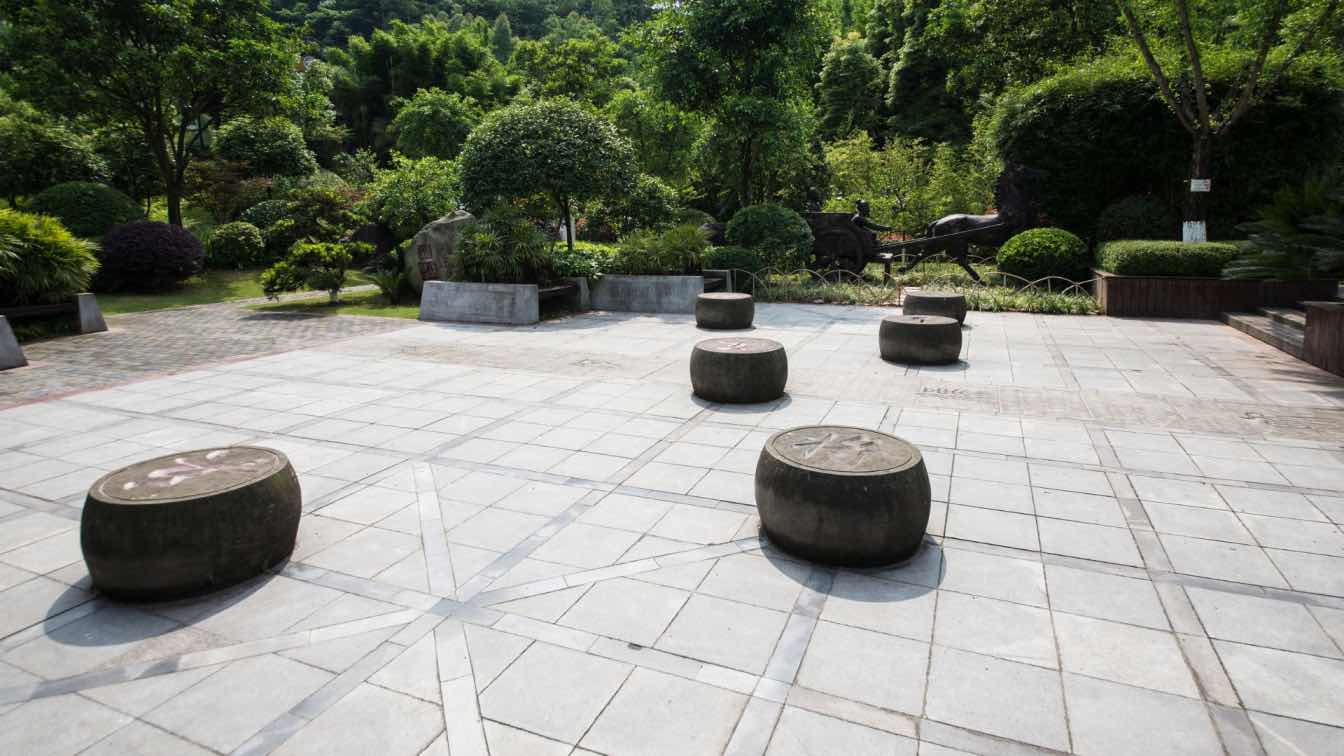Although upgrading a house can be fun and exciting, tackling the post-renovation mess can be hectic. No matter how organized the renovation process is, dirt, dust, and debris are bound to be left over. That said, if handled properly, post-reno cleanup can be a breezy exercise.
Because of the health effects of prolonged exposure to sawdust, drywall debris, etc., if not cleaned thoroughly, any building waste that is harmful to your health will remain in your home. To prevent this and to guarantee that you enjoy your home’s new appearance, get it back in order with the help of these post-construction cleaning guidelines.
Post-Renovation Cleaning Essentials
Depending on the magnitude of the renovations carried out, knowing what you can clean yourself and when to call in experts is crucial. Once you have narrowed down what you can and what would require professional help, you can contact any cleaning experts, like junk removal Santa Rosa, to complete the rest of the task. Coupled with face masks, gloves, and eyewear, here are a few cleaning essentials to start you off.
Clearing Essentials: dustpans, brooms, brushes, garbage bags, wet-dry vacuum cleaner, ladder, plastic sheets, carton boxes, long-handled duster
Cleaning and Polishing Essentials: scrub brushes, buckets, mop heads, carpet cleaner, dusters, rags, squeegee, spray bottle, floor polish sponges, microfiber cloth, stiff-bristled brush
Cleaning Agents: hydrogen peroxide, dish soap, white vinegar, bleach, and other cleaning solutions
Post-Renovation Clearing Process
Before the actual cleaning, you will need to remove any construction debris, including tiles, glass, marble, nails, wood, and paint buckets that the workers may have left behind. With bin nylons and carton boxes, you can easily pick up heavier debris. While clearing, be careful with materials that can harm you, so ensure you wear proper clothing, like gloves and rubber boots.
Post-Renovation Cleaning Stage 1
As soon as all the debris is out of the way and you have a distinct picture of what you are working
with, it’s time to begin the first stage of cleaning.
Step 1: Any rooms in your house that are not affected by the renovations should be closed. Then cover all entrances and your HVAC system vents to prevent dust from entering.
Step 2: Clean all surfaces from the top, and then gradually move down to the items below. Every duct, grille, vent, blind, ceiling fan, and window inside should be dusted, vacuumed, and cleaned. The best technique to remove the dust without endangering the surface of a wall is dry dusting. Before cleaning up the dirt on or near the floor, wipe down the tabletops and other surfaces. Then proceed to let all dust settle before finally cleaning the floor.
Step 3: Dust and grime flecks can lodge in upholstered furniture and carpeted surfaces. To eliminate this, use a vacuum or a steam cleaner for all sensitive furnishings thoroughly.
Step 4: Clean the floors by disinfecting them; and then wipe down the shelves, cabinets, hardware, doorknobs, baseboards, and hardware hinges.
Step 5: Appliances, cabinets, and countertops in bathrooms and kitchens must be thoroughly cleaned and sanitized. Clean the shower enclosures, glass windows, and doors with a squeegee.
Post-Renovation Cleaning Stage 2
During home upgrades, harmful particles, paint toxins, silicates, and ultrafine dust are released into the air. Because of these health risks, one must ensure that everything is clean. After the preliminary cleaning, it is time to focus on details. The second stage focuses on tackling and eliminating anything that may have escaped the first cleaning ordeal.
1. Cleaning Plaster Dust
Plaster dust cleanup is possible with a white-vinegar solution and a washcloth. Ensure not to get plaster walls too wet to prevent grouse stains or damage to the recently completed work. Prevent this by swapping out the cleaning cloth when it gets too wet to dry.
Mix two glasses of white vinegar and one litre of warm water to create a cleaning solution. As soon as the vinegar-water solution starts to fog, discard it to avoid infection.
2. Cleaning Fine Dust
Another difficulty you are bound to experience in renovation work is clearing out the fine dust. This dust is hard to contain, even after all necessary cleaning procedures. If you use a wet-dry vacuum or one with high-efficiency particulate air (HEPA), the task will be less tedious. However, in the absence of this equipment, there are other ways to go about this.
A moist microfiber cloth is best for cleaning fine dust particles, ensuring it’s not soaking wet, just slightly damp enough to scoop dust. You must repeat this procedure on all surfaces, including the floors and walls. Remove any leftover dust with a vacuum with a brush attachment feature. After spot-cleaning with a damp cloth, do a final wipe-down on all surfaces.
3. Cleaning Wooden Surfaces
During cleaning, you must maintain wooden surfaces as dry as possible because they are significantly more vulnerable to water damage. To remove any remnant wet spackling from the wooden surfaces, white vinegar and a window cleaner can help; but use them in small quantities.
Using a slightly damp microfiber cloth, wipe down your wood surfaces to get rid of dust and grime. Before any water sits in, use another dry microfiber cloth to wipe the wood down.
4. Cleaning Brick Dust
Begin cleaning by extracting the dust and dirt with a strong vacuum. Being relatively heavier than other types of dust makes brick dust harder to remove from surfaces. Mix one and a half cups of hydrogen peroxide and one litre of water to create a cleaning solution. After that, use soft cotton cloths to remove dust off hard surfaces.
Because of discolouration, avoid getting damp brick dust on soft surfaces. Scrape the dust off delicate surfaces, like carpets, using a stiff-bristled brush. Clean off the dust, and then vacuum up the extra. Brick dust can harm walls and surfaces with wood, stone, and varnish; so exercise caution when scrubbing it off.
Conclusion
Although the kind of renovation will determine the level of the mess, thorough cleaning remains crucial. So dedicate time for postconstruction cleanups even though you want to take back control of your house and enjoy the changes. Remember that you don’t have to do it yourself. Instead, get professionals and save yourself the hassle.
Author Bio
Demitri Senter is a home improvement specialist. He loves the idea of upscaling and improving the beauty of a house. His creativity also helps him to write blog posts about his home improvement know-how. Demitri loves to appreciate the beauty of his surrounding through painting.





